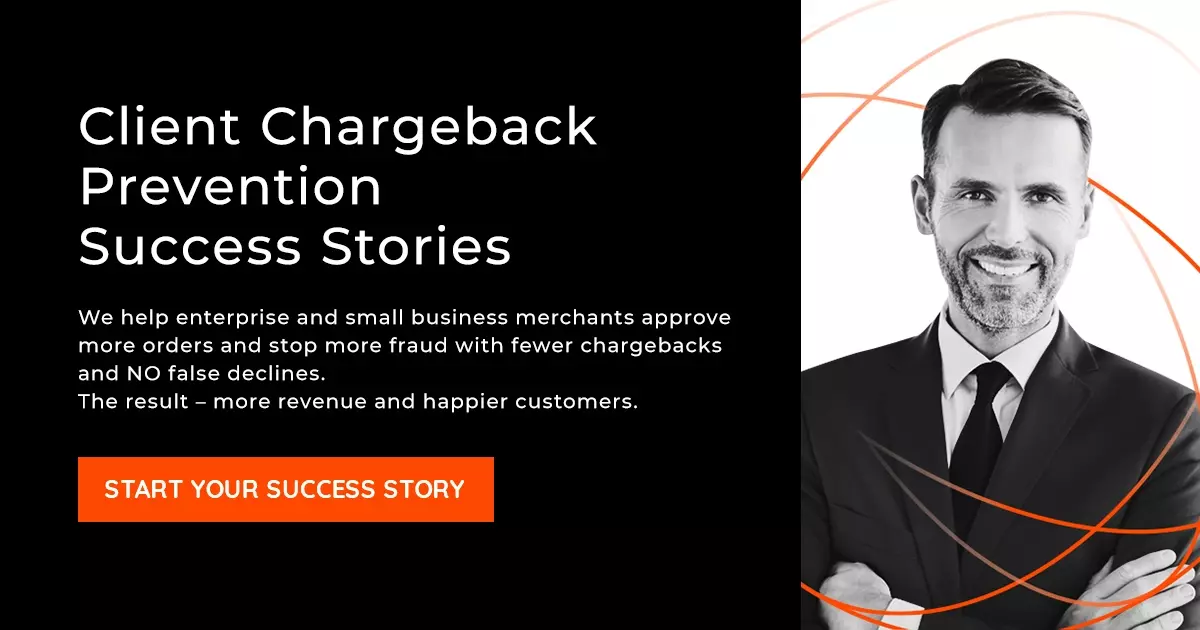
My online store is “low-risk.” Even so, should I add a risk management tool?
There are two reasons why your company might be low-risk:
- Your company cancels any order it finds suspicious. This solves the fraud problem, but you are likely losing numerous safe purchases made by good customers who, for some reason, fit the risk profile or have made a small error during the transaction. This can lead to the loss of a future loyal customer.
- Your company has yet to be discovered by fraudsters. This is just a question of time and market exposure. Once a merchant is protected from fraud, fraudsters migrate to other stores that offer an easier target.
What are the losses resulting from fraud?
Losses can extend far beyond the value of the goods lost due to fraudulent purchases. If fraud management is not properly handled, high levels of unauthorized purchases due to suspected fraud or lengthy analyses can lead to lost sales, loss of any marketing investment, an adverse effect on the merchant’s image and, most importantly, lost customers.
Merchants may not realize that transactions can be declined for the smallest errors. This may lead to loss of immediate revenue from the purchase or, more importantly, loss of a future loyal customer. As data breaches and fraud rises security restrictions are becoming tighter. The need for hands-on fraud management for every merchant is now vital.
What should merchants know about preventing fraud for online sales?
The key to your success? Minimizing financial losses due to fraud while boosting your ability to approve the largest number of orders in as short a time as possible.
So, a good anti-fraud service should include a risk management system that ensures high rates of approved sales while minimizing chargebacks, in as short a response time as possible.
What is a chargeback?
A chargeback occurs when a customer disputes a charge on his/her credit card bill. If the true owner of the card does not recognize the purchase, he or she will ask for their money back by filing a complaint regarding a non-authorized transaction with the issuing bank. This is known as a chargeback.
In practice, the card administrator in the process of financial settlement between the parties debits the amount that would be transferred to the merchant.
More questions? Check out our comprehensive Knowledge Base with answers to the most
frequently asked questions about fraud definitions and terms and fraud prevention topics.
Approve more sales and protect
Increase your revenue nowWe did say that reviews and consumer feedback matters. Here’s how we’ve helped our clients
succeed in fighting fraud and increasing revenue.
